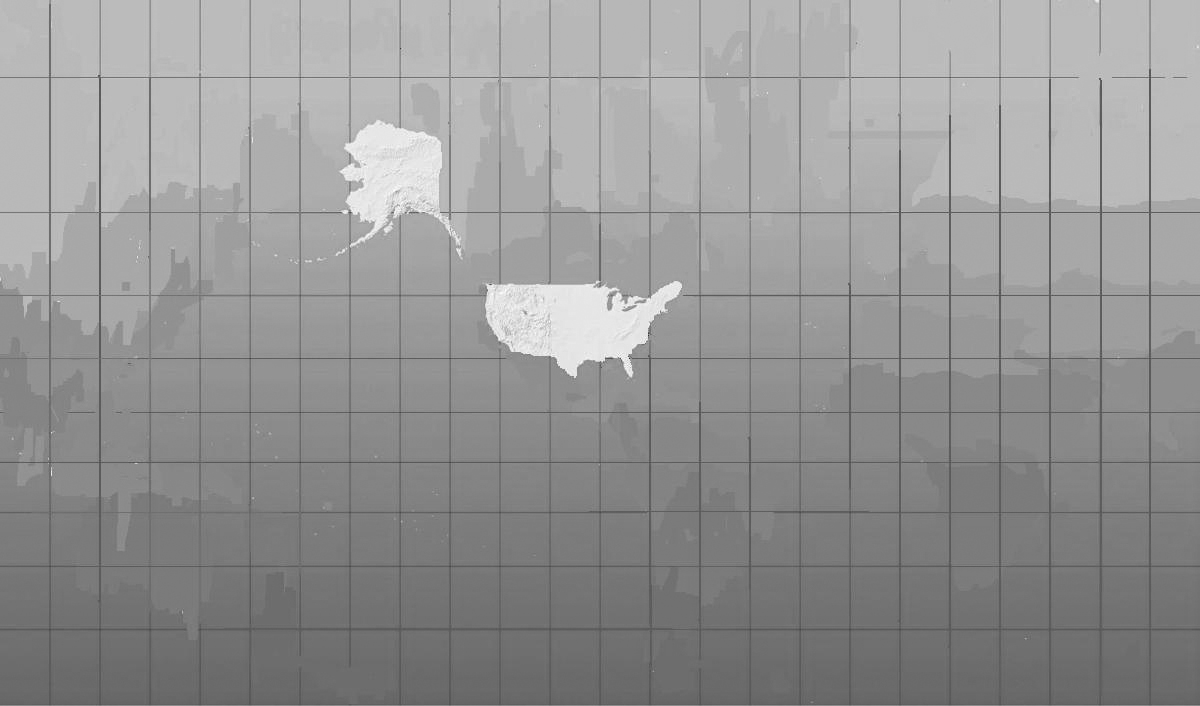Fourth potentially habitable planet discovered
A fourth potentially habitable planet outside our solar system about 22 light-years from Earth with temperatures that could support water and lifen has been discovered by international astronomers.
The team analysed data from the European Southern Observatory about a star known as GJ 667C, which is known as an M-class dwarf star and puts out much less heat than our Sun.
At least three planets are orbiting close to the star, and one of them appears to be close enough that it likely absorbs about as much incoming light and energy as Earth, has similar surface temperatures and perhaps water.
The new rocky planet, GJ 667Cc, orbits its star every 28.15 days meaning its year equals about one Earth month and has a mass at least 4.5 times that of Earth, according to the research published in Astrophysical Journal Letters.
"This planet is the new best candidate to support liquid water and, perhaps, life as we know it," said Guillem Anglada-Escudi who was with the Carnegie Institution for Science when he conducted the research but has since moved on to the University of Gottingen in Germany.
The theory about water, however, cannot be confirmed until astronomers learn more about the planet's atmosphere.













